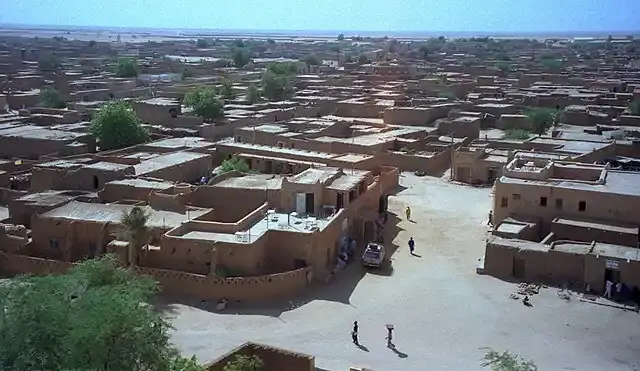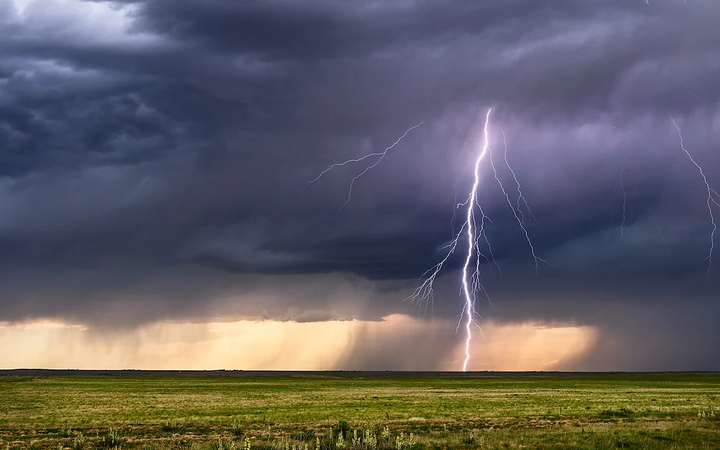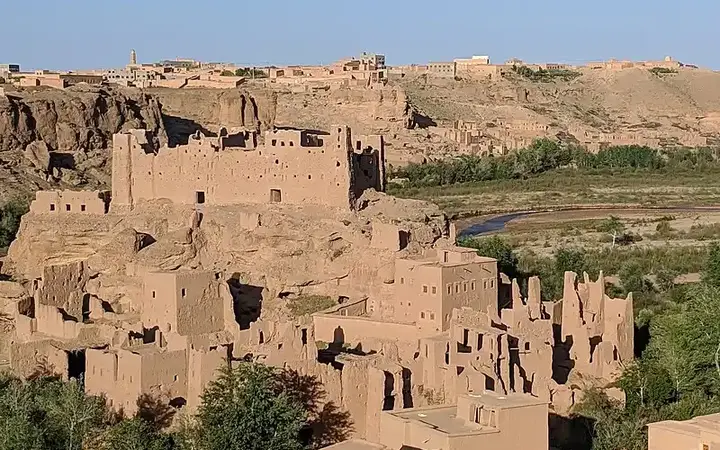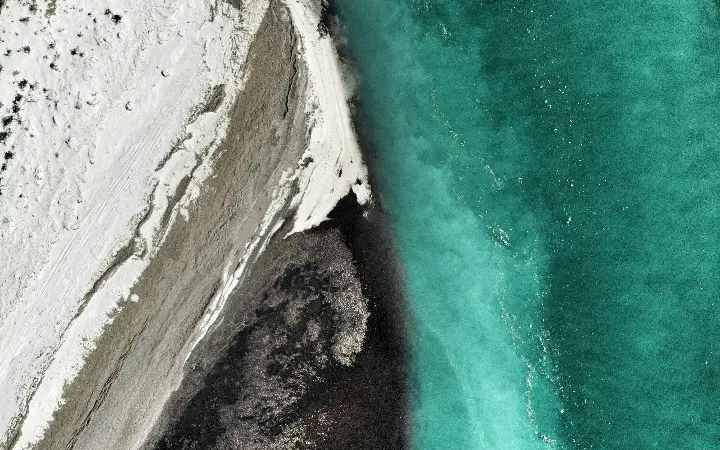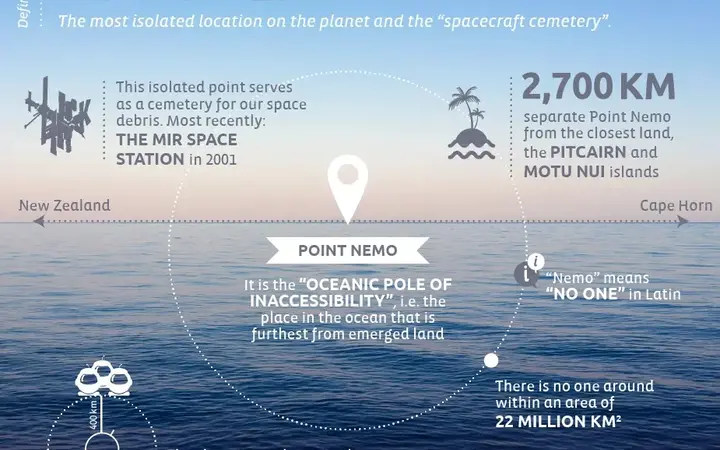The city of Rimini on the Adriatic coast with its Roman history
Rimini is considered one of the most visited coastal cities in central Italy. It is the perfect place for anyone looking to relax on the beach along with good food and seaside resorts, as well as for lovers of history and culture. The charming historic center takes you through ancient Roman monuments, Renaissance squares, architecture, and churches filled with treasures and works of art, allowing you to discover the long history of this city. Just a stone's throw away, there are more than 15 kilometres of beaches, 250 seaside resorts, bike paths and beach volleyball courts to keep you busy from dawn to dusk. The area also boasts some of Italy's most popular nightlife venues, with bars from the port area to Marina Centro and round-the-clock restaurants ready to welcome visitors all year round.
Recommend
Show key points
- Rimini is a top tourist destination in central Italy, known for its beautiful beaches, vibrant seaside resorts, and rich cultural heritage.
- The city's historic center features impressive Roman and Renaissance monuments, including churches, squares, and ancient architecture.
- Rimini offers over 15 kilometers of coastline with hundreds of beach facilities, bike paths, and active nightlife scenes that attract visitors year-round.
- ADVERTISEMENT
- With roots dating back to 268 BC, Rimini played an important role in Roman and Renaissance history, highlighted by landmarks like the Augustus Arch and Malatesta Temple.
- Iconic attractions such as Italy in Miniature, the Roman Amphitheatre, and Castel Sismondo make Rimini a must-visit place for both history and entertainment lovers.
- Visitors can enjoy local culinary specialties like Roman pasta, traditional fish soup called Prodito, and desserts such as braccello and pastringo.
- Unique spots like the Jampalonga Library and the church of San Girolamo offer quiet, culturally rich alternatives to Rimini’s busier tourist areas.
The history and magic of Rimini
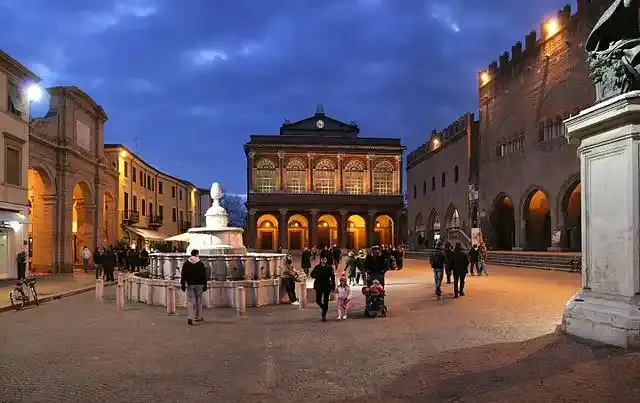
Rimini dates back to 268 BC as the Roman Ariminome, thanks to the foresight of the emperors Augustus, Tiberius and Hadrian, who saw in Rimini the ideal meeting point between the Via Flaminia and the Via Emilia. Rimini soon became a major economic and cultural center, and remained so even during the Middle Ages. This splendor continued to grow during the Renaissance, when, thanks to the Malatesta family, Rimini became a major center of this Italian and European artistic, scientific and literary renaissance. Rimini's history has been marked by this period of creativity, with the Cismundo Castle in Piazza Malatesta and the Malatesta Temple still being excellent examples of the Malatesta family's love for their city.
Places to visit in Rimini: places not to miss
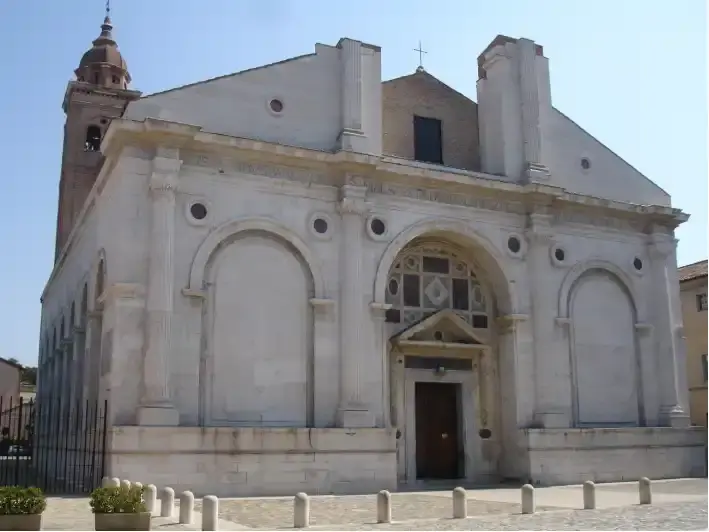
The traces left by more than two centuries of history and culture do not make it easy to choose places to visit in Rimini, so we have selected some of the city's most iconic sites and places not to be missed, including monuments, artworks and entertainment venues. Miniature Italy, on the outskirts of Rimini, is one of Italy's most famous and unique tourist parks, with more than 270 replicas of Italian monuments, churches and buildings. The emblematic temple of Malatesta in Rimini is a Renaissance masterpiece featuring works by Piero della Francesca and Matteo di Basti. The city also boasts the oldest preserved arch in northern Italy, the Augustus Arch, which was erected in 27 BC. A few steps away, you can visit the Roman Amphitheatre, built in the second century by order of Emperor Hadrian. Located across from the Old Town and a 15-minute walk away, Cismondo Castle is a fortress in Malatesta Square. The castle still retains the essence of the original building today with its large square towers and majestic sloping walls.
What to do in Rimini
Rimini brings together everyone, culture lovers and fun lovers alike. If you're wondering what to do in Rimini, we recommend starting with a journey on foot or bike, starting from the Augustus Arch and continuing along the Corso d'Agosto to the Church of St. Augustine, full of art treasures. From there, in Piazza Malatesta, you can visit the Cismundo Castle, the Galle Theater, the Palazzo del Arengo y del Podesta with the Fountain of Fontana della Bijna, which amazed even Leonardo da Vinci. There is near the multimedia exhibition route in Rimini Cabot Viarome, after which we recommend walking to the Tiberio Bridge for a stroll along the water's edge. Families can treat themselves to a relaxing day at Villablandia, one of Italy's oldest theme parks, full of medieval, Eastern and Western attractions.
What you can eat in Rimini
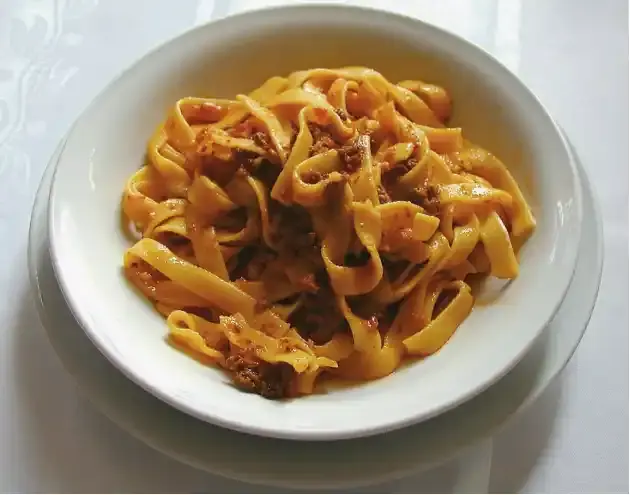
Cinema and literature have always celebrated dishes from this region, which are no less authentic and magnificent. It would be a shame for anyone who wants to say that they saw Rimini not to try at least the main disciplines that local gastronomy offers.
Roman pasta is perfect as a snack or quick lunch. They are simple and delicious, and can have different fillings, but a local favorite filling is Squacquirone or Salami Mura.
Pasta is another staple, from tagliatelle al rago to strasosaprite pasta served with sausages and peas.
There's no shortage of fish in Rimini, but if you want to stay true to tradition, you should try Prodito, a fish soup served with toast.
If you're a sweet lover, you should try braccello, a traditional baked dessert accompanied by custard, and pastringo, a dense, moist cake containing dried fruit, honey and raisins.
Unique places in Rimini
Rimini is also a city full of unique places that you can discover away from the usual tourist routes. The Jampalonga Library, in the historic centre just 100 metres from Domus Algarrah, is one of the most beautiful libraries in the world. Founded in 1619 on the order of Alessandro Jambalunga, it is located in the Jambalunga Palace, which features an eighteenth-century well made of Istrian stone in its courtyard. Just a two-minute walk away is the Palazzo Riba, a nineteenth-century building that was the first residence in Rimini by the great Italian director Federico Fellini. Towards the coast, a stone's throw from the garden dedicated to Fellini, is the church of San Girolamo. Completed in 1971, it contains magnificent works of art, such as the Way of the Cross by Gian Battista Costa, a cross dating from the seventeenth century, and the statue of the Virgin and Child dating from 1800.
![]()
75% of the global diet is produced by just 12 plants and 5 different animals
Our diets rely on just a few crops, making them fragile and less nutritious. Embracing lesser-known, diverse foods like millet and winged beans can boost health, support farmers, and protect against climate and crop threats. more- ADVERTISEMENT
![]()
Agadez Historic Centre, a fascinating African heritage site in Niger
Agadez, known as the "Gateway to the Desert," stuns visitors with its towering 27-meter clay minaret—the tallest in the world—and its rich blend of Tuareg culture, desert architecture, and caravan trade history. Its historic center, a UNESCO World Heritage Site, showcases enduring traditions and earthen beauty. more- ADVERTISEMENT
![]()
At each moment, there are about 2,000 thunderstorms occurring on Earth.
Thunderstorms are powerful and common, with up to 2,000 happening worldwide at any time. Florida sees the most in the U.S., while Venezuela’s Lake Maracaibo holds the record for lightning. Remember: if you hear thunder, go inside—lightning can be deadly, even from miles away. more- ADVERTISEMENT
![]()
Why you should read every day
Why You Should Read Every Day more- ADVERTISEMENT
![]()
Tafilalet Village: Exploring Morocco's Berber Life
Tafilalet, a hidden gem in Morocco, blends ancient Amazigh heritage with stunning desert landscapes. Visitors can explore traditional mud architecture, experience authentic Berber hospitality, and enjoy local cuisine like tagine and dates. It's a perfect escape for those seeking adventure, culture, and a taste of simple, traditional life. more- ADVERTISEMENT
![]()
Tranquility and Beauty in Djerba Island in Tunisia
Djerba, or the "Island of Dreams," enchants with its pristine beaches and rich history. Combining the charm of the Mediterranean, its multicultural heritage, and the spirit of local life, it is an ideal destination for relaxation and adventure amidst breathtaking natural landscapes and authentic cultural experiences. more- ADVERTISEMENT
![]()
Nemo Point: the most isolated location on the planet
Point Nemo, the ocean’s most remote spot, lies in the South Pacific, 2,700 km from any land. It’s so isolated that astronauts are often the closest humans. Known as a spacecraft graveyard, it’s also inspired fiction from Jules Verne to Gorillaz’s Plastic Beach album. more- ADVERTISEMENT
![]()
The history of the city of Samarra ... Iraq's Hidden Gem
Samarra, once a grand Abbasid capital, still stands with its iconic spiral minaret and rich Shia heritage. Though chosen as the capital of Islamic civilization in 2020, the city remains dusty and neglected, holding untold stories within its historic ruins. more- ADVERTISEMENT
![]()
Touching quotes that do not exceed a few words
Mind-Altering Quotes That Are All Under Few Words Long more- ADVERTISEMENT
![]()
Bermuda Triangle Puzzle
The Bermuda Triangle remains a thrilling mystery filled with tales of vanishing ships, eerie time loss, and ghostly weather. Despite scientific theories and advanced research, the true cause of these disappearances continues to puzzle and intrigue the world. more- ADVERTISEMENT













